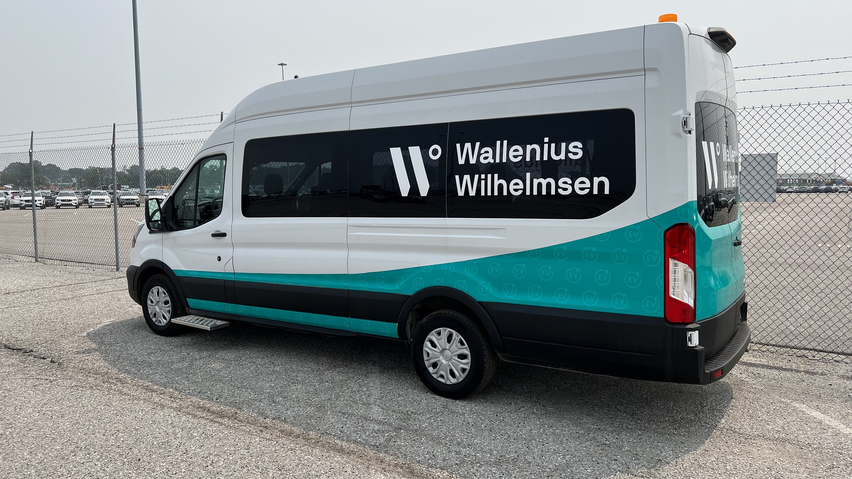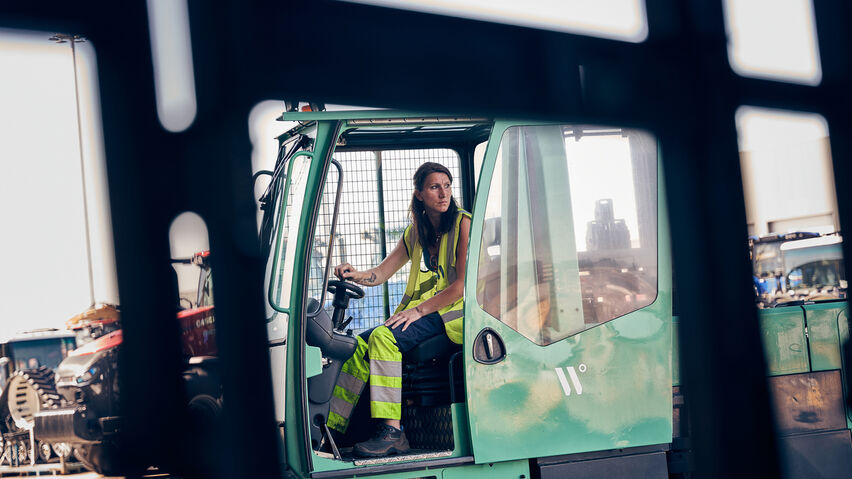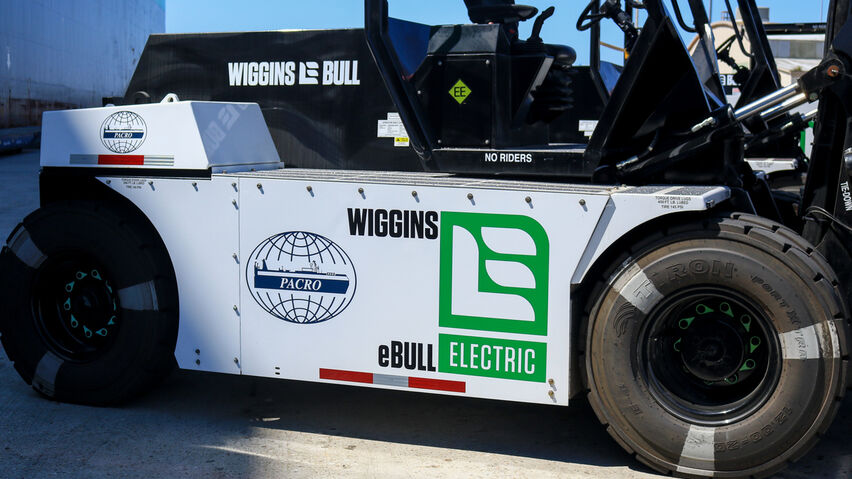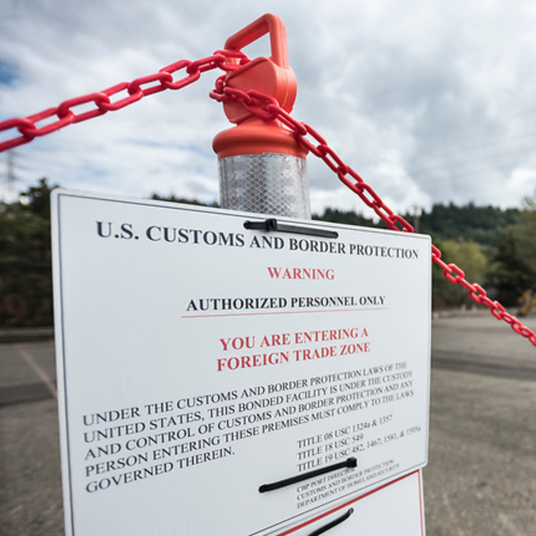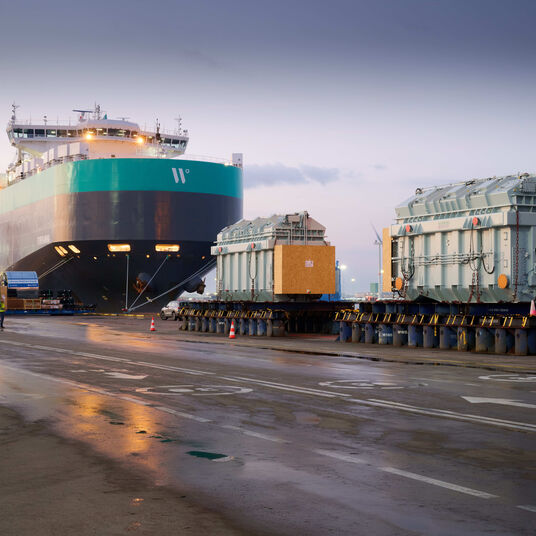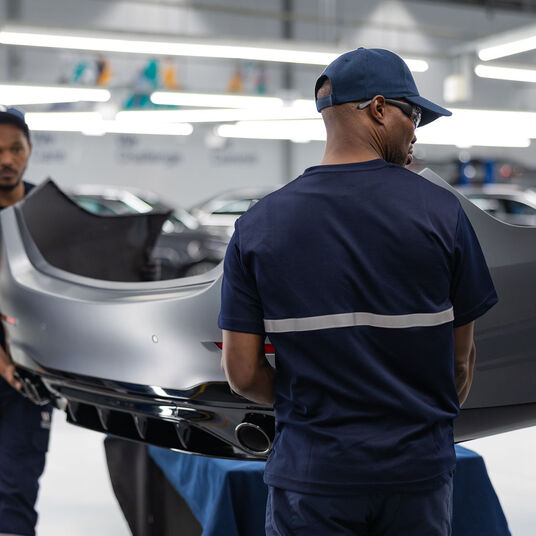The Road to Zero Emissions: how we are investing in our land-based equipment fleet
Reducing emissions at our terminals, processing centers and inland distribution networks go hand-in-hand with our efforts to our vessels. By joining forces to develop innovative solutions across our global network, we are making real progress towards our decarbonization targets.
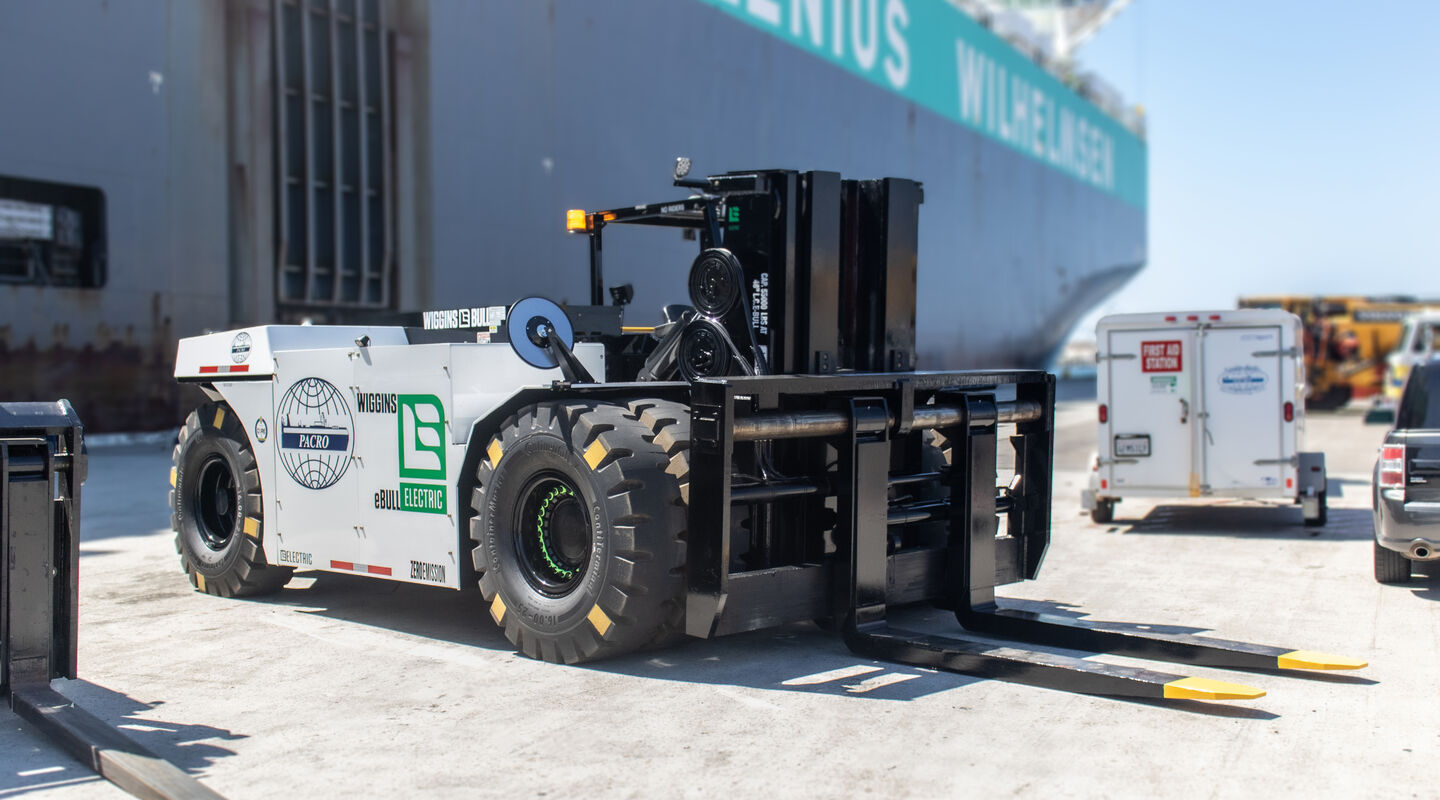
Working to meet our strategic ambitions
We recognize that in order to meet our short and long-term emission reduction targets the focus cannot be solely on our vessels, but also on our fleet of equipment used at our processing centers and terminals. We continue to work to minimize and responsibly manage the environmental impact of our land-based facilities. This includes taking the same proactive approach in seeking the partners, solutions and innovations that will help us shape the transition towards decarbonized supply chains.
Starting with our internal mandate that all new equipment purchases should be electric, including forklifts, shuttle vans and other assets that we use to support our operations. These investments, coupled with our ocean initiatives, will allow us to introduce a true net-zero end-to-end service by 2027, as well as reach out ultimate goal of being fully net zero.
Ensuring operational continuity
As part of the procurement process for all new electric equipment, it’s clear one size does not fit all. Our operational experts work directly with the manufacturers and local staff to make sure the new electric equipment can meet the operational requirements and function in the unique environment of each site.
As part of a large order of electric forklifts, Ove Moring – Senior Manager, Supplier Contracting & Equipment – collected an extensive list of site requests for the manufacturer. “A consolidated sourcing with possibility to customize to site specific demands give us both flexibility and improved standardization,” says Ove.
Some of the requests included the desired lifting capacity, as the size and weight of the materials varies from site to site. For example, some of our equipment processing centers install large accessories to construction, mining and construction equipment based on the end users’ desired specs. Other considerations were the fork positioners – which dictate the horizontal distance between the individual “forks” with a push of a button –the lifting height of the forks to match the heights of storage shelves, and tire types best suited for the surfaces they will be driving on.
Our site managers are also looking at how to ensure the electric equipment is in the right place, with the right charge level to be operated. This includes identifying strategic locations to position the chargers, so it does not become cumbersome or inefficient to get the equipment in position. Another considering is the type of battery, and in turn charger, is appropriate based on each sites’ work cycles.
Improving the working environment
These requirements don’t only ensure consistent operations and quality service, but contribute to maintaining safe conditions for our staff. For our new electric shuttle vans that are used to transport staff, this included selecting upfits for seating and window placements that ensured comfort on top of safety.
And for the forklifts, we selected options that met our powered industrial vehicle policy. This policy outlines safety requirements, such as the sensors, lights and alarms that can alert nearby staff of any potential risks. Some of our newest forklifts at our terminal in Melbourne, Australia, are equipped with technology that can pick out not just reflective materials on a person’s clothing like traditional tools, but detect the outline of an individual.
“We’ve strategically invested in a cutting-edge pedestrian detection system which uses AI to alert the machine operator if there are any people within a certain radius of the machine. This system will elevate safety standard and assist us in delivery on our number one priority, which is the safety of our team and all terminal users,” says Jed Smith – Commercial Manager, MIRRAT.
These advancements give us confidence that we can shape the future of supply chains to not only have reduced emissions, but also contribute to a better experience for both our customers, staff and the communities in which we operate.
